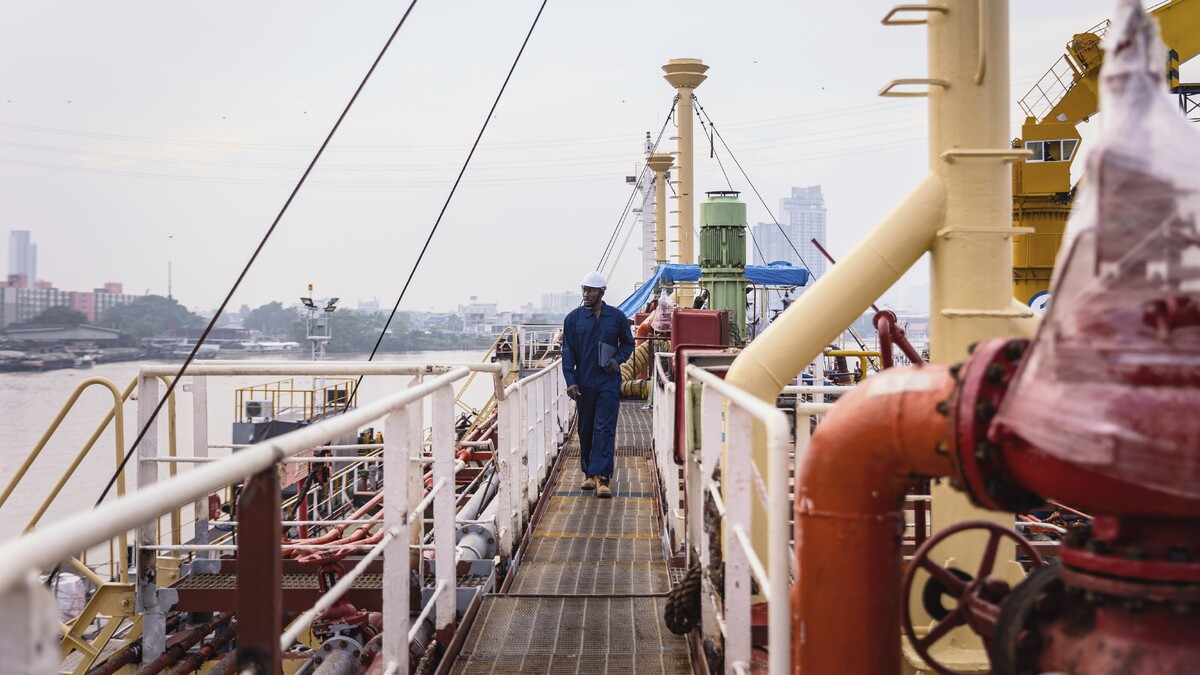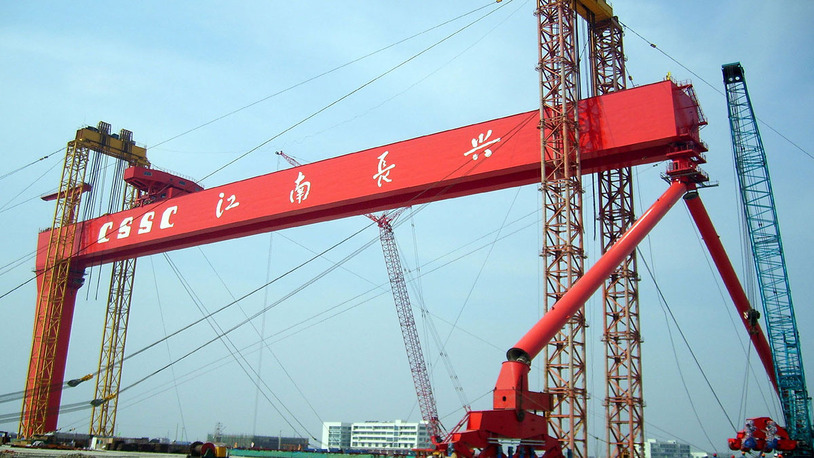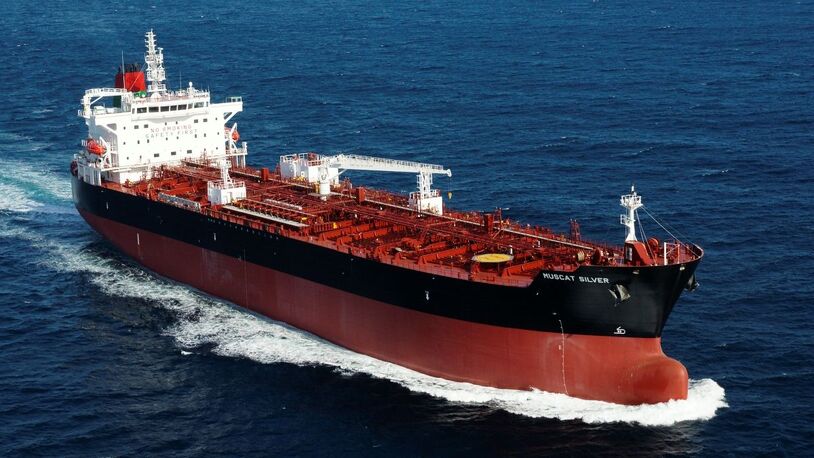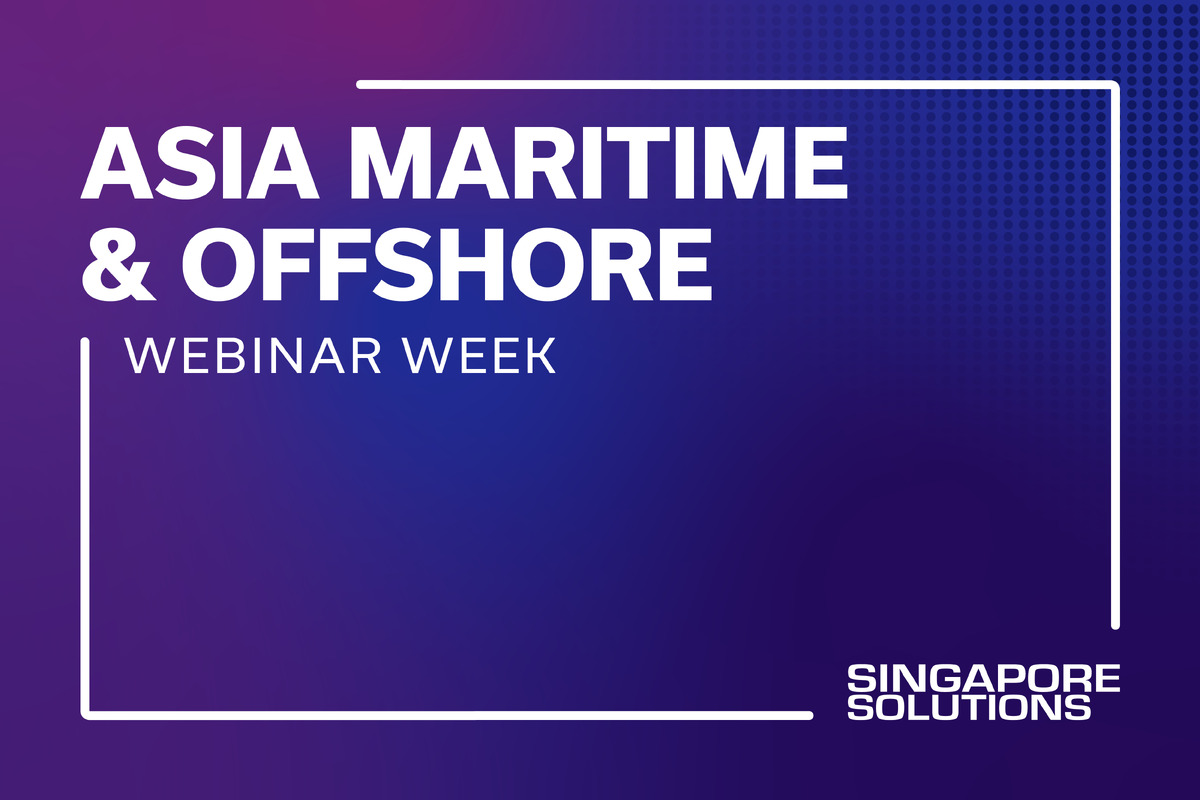Business Sectors
Contents
Exposed jetties pose new mooring challenges
Tanker mooring is entering uncharted waters as the industry weighs up how existing systems should be modified to suit the growing number of jetties in exposed locations
Tanker mooring is entering uncharted waters as the industry weighs up how existing systems should be modified to suit the growing number of jetties in exposed locations
Harnessing years of industry experience, the power of computers and advances in material science, the suppliers of jetty management systems are able to provide integrated packages geared to establishing and maintaining safe and reliable vessel moorings. Top-of-the-range systems are available for oil and gas tanker jetties where, due the size of the ships and their cargoes, the highest level of safety and reliability are required.
Engineering contractors such as Strainstall AMTS and Harbour & Marine Engineering Pty can provide turnkey mooring solutions. These include quick release mooring hooks and capstans with remote, computer-controlled release, mooring load monitoring, vessel approach monitoring, also meteorological and oceanographic monitoring systems.
In recent years. the construction of an increasing number of marine jetty facilities for oil and gas terminals at exposed locations has posed new challenges and emphasised the need for appropriate guidance on ship mooring arrangements. Such guidance has to take into account the extent to which tankers at such exposed berths are more prone to the vagaries of the weather and sea conditions than those moored in protected harbours.
The Tension Technology International Group (TTI) in the UK has recently completed a joint industry project, with the assistance of a wide cross-section of maritime interests, to advance the design of marine ropes to accommodate conditions to be expected at exposed locations. Amongst the participants were representatives from fibre suppliers such as DSM Dyneema and experts from organisations such as the Oil Companies’ International Marine Forum (OCIMF) and the Society of Gas Tanker and Terminal Operators (SIGTTO).
There is, as yet, no industry consensus, guideline or code of practice applicable to ship moorings exposed to waves and swell,” states Stephen Banfield, managing director of TTI. “Highlighting the need for such guidance, our recent work has shown that longer tails than at present adopted in practice are necessary to make an exposed ship mooring safe where vessel motions are significant. At present, mooring ropes are commonly provided with a pierside ‘tail’ of nylon or polyester of some 11m length. The greater variation in line elasticity that these additional line segments, or tails, can provide is especially important for controlling the excursions of gas carriers and oil tankers.
The recently completed joint industry project has provided a better understanding of a range of issues that influence a mooring system. These include the properties, especially fatigue, of the most suitable materials for mooring lines and tails, and their inspection and retirement criteria. Using the Optimoor software developed by TTI, analyses of the effects of ship size, hull shape, load condition, underkeel clearance (UKC) and wave exposure on vessel motions and forces resisted by the moorings were carried out.
Another important issue that was addressed is the wear of synthetic lines through fairleads,” adds Stephen Banfield. “High-modulus polyethylene ropes are now commonly replacing steel-wire rope on winches, since they have the same strength at the same diameter at one-seventh the weight. To optimise the life, reliability and safety of such ropes, the sensitivity to fairlead surface roughness and material was evaluated; it was found that the use of nylon-lined fairleads results in much-reduced rope wear compared with that occurring when traditional metal Panama leads are used.”
The deliverables of the TTI joint industry project included:
• a stand-alone program to calculate ship motion for open water, a piled jetty and six degrees freedom for a range of monohull geometries
• a stand-alone program to estimate the fatigue life of mooring lines
• a draft guideline for the selection of tail material, length and construction to optimise vessel response and rope fatigue life
• draft guidelines for the examination, inspection and retirement of fibre rope mooring lines and tails
• the inclusion of the fatigue life calculation for mooring lines and fibre tails as a new feature in TTI’s Optimoor package.
Looking ahead, TTI is promoting a further joint industry project focusing on mooring arrangements for LNG vessels carrying out ship-to-ship transfer (STS) operations at offshore locations. The aim is to utilise experience of tanker STS operations and to develop software to model the motions and interaction between the two moored LNG vessels and the mooring system itself. TST
Related to this Story
Events
Reefer container market outlook: Trade disruption, demand shifts & the role of technology
Asia Maritime & Offshore Webinar Week 2025
Marine Lubricants Webinar Week 2025
CO2 Shipping & Terminals Conference 2025
© 2024 Riviera Maritime Media Ltd.













